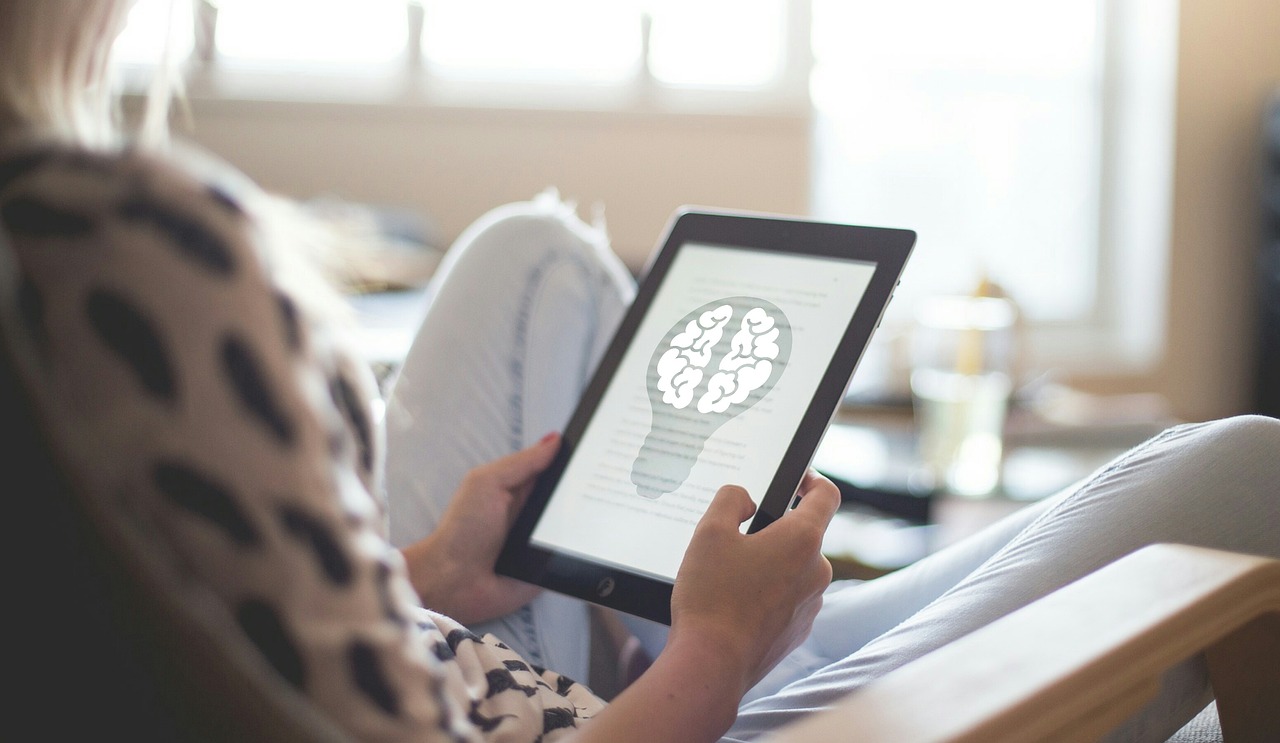The pulse that drives music, the cadence of poetry, the flow of dance – rhythm is a fundamental element that permeates nearly every aspect of our lives, from the beating of our hearts to the rising and setting of the sun. But what is rhythm, and why is it so essential? This blog post will explore the multifaceted nature of rhythm, its importance in various art forms, and how understanding rhythm can enrich your appreciation of the world around you.
Understanding the Basics of Rhythm
What is Rhythm?
Rhythm, at its core, is the arrangement of sounds and silences in time. It’s the pattern of strong and weak beats, the organization of notes and rests, and the overall flow that gives music its movement and character. While often associated with music, rhythm extends far beyond the realm of sound. We can find rhythm in visual arts, poetry, dance, and even in the natural world.
- Key Components of Rhythm:
Beat: The basic unit of time, the steady pulse you tap your foot to.
Tempo: The speed of the beat, measured in beats per minute (BPM).
Meter: The organization of beats into regular groups (e.g., 4/4 time, where there are four beats in a measure).
Accent: Emphasis placed on certain beats or notes, creating rhythmic interest.
Duration: The length of time a note or rest is held.
Examples of Rhythm in Music
Think about some of your favorite songs. Chances are, the rhythm is a major factor in what makes them so appealing.
- Pop Music: Often relies on a strong, consistent beat, making it easy to dance to. Consider the driving beat of a song like “Uptown Funk” by Mark Ronson ft. Bruno Mars.
- Classical Music: Can explore complex rhythmic patterns and variations. Stravinsky’s “The Rite of Spring” is famous for its unpredictable and challenging rhythms.
- Jazz Music: Features improvisation and syncopation, where accents are placed off the beat, creating a “swing” feel. Listen to Louis Armstrong’s “What a Wonderful World” for a great example of swing rhythm.
Actionable Takeaway
Pay close attention to the rhythm of your favorite songs. Try to identify the beat, tempo, and any noticeable accents. This simple exercise will sharpen your rhythmic awareness.
Rhythm in Different Art Forms
Rhythm in Poetry
Poetry uses rhythm to create a musical quality and enhance the meaning of the words. Meter in poetry refers to the pattern of stressed and unstressed syllables.
- Common Poetic Meters:
Iambic Pentameter: Five iambs (unstressed followed by stressed syllable) per line, commonly used by Shakespeare. Example: “Shall I compare thee to a summer’s day?”
Trochaic: Stressed followed by unstressed syllable.
Anapestic: Two unstressed followed by a stressed syllable.
Dactylic: Stressed followed by two unstressed syllables.
Rhythm in Dance
Dance is inherently rhythmic, with movements synchronized to music or other rhythmic patterns. The rhythm dictates the pace, energy, and style of the dance.
- Examples of Rhythmic Dance Styles:
Ballet: Relies on precise and controlled movements, often following classical music with clear rhythmic structures.
Hip-Hop: Emphasizes strong, percussive movements, often influenced by the rhythm of hip-hop music.
Salsa: A lively and energetic dance style with complex rhythms derived from Afro-Cuban music.
Rhythm in Visual Arts
While seemingly static, visual art can also convey a sense of rhythm through the repetition of shapes, colors, lines, or textures. This visual rhythm can create a sense of movement and harmony in a piece.
- Examples of Visual Rhythm:
Repeating patterns in wallpaper or textiles.
The arrangement of architectural elements in a building.
The use of color and shape in a painting to guide the viewer’s eye.
Actionable Takeaway
Analyze a poem, dance performance, or piece of visual art. Identify how rhythm is used to create a specific effect or mood.
The Physiological and Psychological Effects of Rhythm
Rhythm and the Body
Rhythm has a profound impact on our bodies. Our heartbeats, breathing patterns, and even brainwaves operate rhythmically. When we hear or experience a strong rhythm, it can synchronize with our internal rhythms, leading to a sense of well-being and connection.
- Benefits of Rhythm:
Stress Reduction: Rhythmic activities like drumming or dancing can release endorphins and reduce stress hormones.
Improved Coordination: Learning to play a musical instrument or dance can enhance coordination and motor skills.
Enhanced Focus: Listening to certain types of rhythmic music can improve concentration and focus.
Rhythm and the Brain
Studies have shown that rhythm activates multiple areas of the brain, including those involved in motor control, auditory processing, and emotional regulation. This may explain why music and rhythm are so effective in therapy and rehabilitation.
- Research Findings:
A study published in Nature Neuroscience found that rhythmic auditory stimulation can improve motor function in stroke patients.
Research suggests that music therapy can reduce anxiety and pain in patients undergoing medical procedures.
Actionable Takeaway
Experiment with rhythmic activities like drumming, dancing, or even simply listening to music while you work or relax. Notice how it affects your mood and energy levels.
Tips for Improving Your Sense of Rhythm
Active Listening
One of the best ways to improve your sense of rhythm is to actively listen to music. Don’t just passively hear the sounds; consciously focus on the beat, tempo, and rhythmic patterns.
- Exercises for Active Listening:
Tap your foot or clap along to the beat.
Try to identify the meter of the music.
Pay attention to any syncopation or rhythmic variations.
Practice with a Metronome
A metronome is a device that produces a steady beat, which can be invaluable for developing a solid sense of timing. Practice playing an instrument or even just clapping along with a metronome at different tempos.
- Benefits of Using a Metronome:
Improves accuracy and consistency.
Helps you develop a steady internal clock.
Identifies areas where your timing is weak.
Learn a Musical Instrument
Playing a musical instrument is one of the most effective ways to develop a deep understanding of rhythm. Whether it’s drums, guitar, piano, or any other instrument, learning to play music will force you to engage with rhythm in a practical and meaningful way.
- Instruments Particularly Good for Rhythm Training:
Drums/Percussion: The most obvious choice, as they focus entirely on rhythm.
Bass Guitar: Provides the rhythmic foundation for many styles of music.
* Piano: Allows you to play both melodic and rhythmic elements simultaneously.
Actionable Takeaway
Dedicate a few minutes each day to practicing with a metronome or actively listening to music. Consistency is key to improving your sense of rhythm.
Conclusion
Rhythm is more than just a pattern of sounds; it’s a fundamental force that shapes our experiences and connects us to the world around us. By understanding the principles of rhythm and exploring its presence in music, poetry, dance, and other art forms, you can develop a deeper appreciation for its power and beauty. Whether you’re tapping your foot to your favorite song, writing a poem, or simply observing the ebb and flow of the tides, remember to embrace the rhythm that surrounds you.




